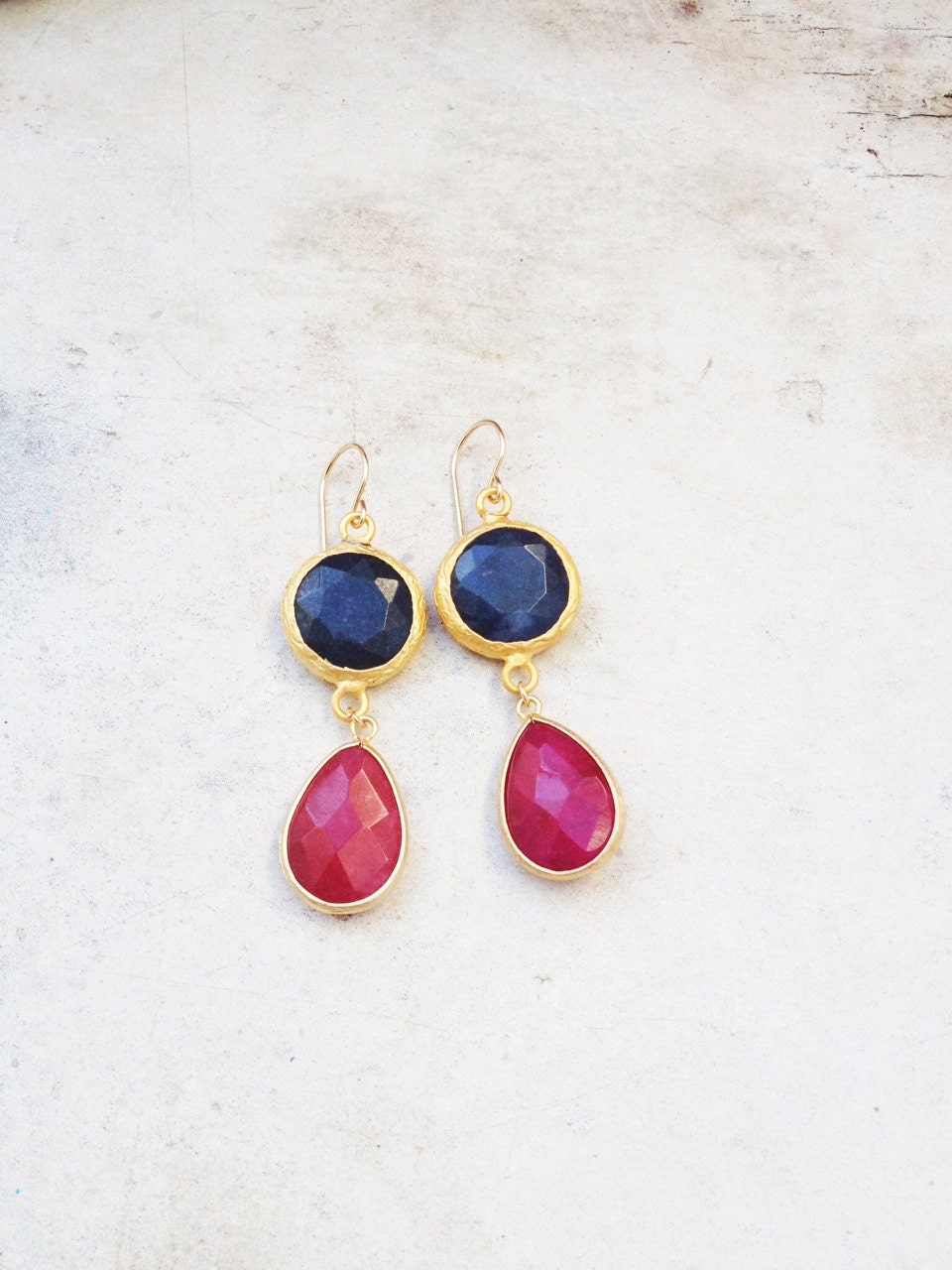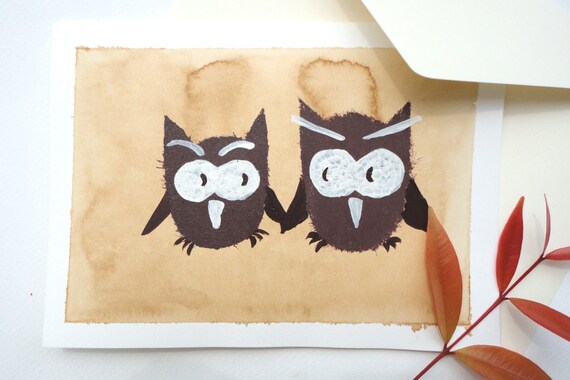Amazingly beautiful women walking the streets - in bright clothes painted in batik technique. Their skirts are painted the same flowers that grow in the streets. Exotic and colorful!
In the Thai province of Krabi, where I live, a sarong is a very common casual wear for women. Men wear a sarong primarily as home clothes. Muslims and Buddhists wear sarongs.
A sarong is a large tube or length of fabric, often wrapped around the waist and worn by men and women throughout much of South Asia, Southeast Asia, the Arabian Peninsula, the Horn of Africa, and on many Pacific islands. The fabric most often has woven plaid or checkered patterns, or may be brightly colored by means of batik or ikat dyeing.
This consists of length of fabric about a yard (0.91 m) wide and two-and-a-half yards (2.3 m) long. In the center of this sheet, across the narrower width, a panel of contrasting color or pattern about one foot wide is woven or dyed into the fabric, which is known as the kepala or "head" of the sarong. This sheet is stitched at the narrower edges to form a tube. One steps into this tube, brings the upper edge above the level of the navel (the hem should be level with the ankles), positions the kepala at the center of the back, and folds in the excess fabric from both sides to the front center, where they overlap and secures the sarong by rolling the upper hem down over itself. Malay men wear sarongs woven in a check pattern; women wear sarongs dyed in the batik method, with, for example, flower motifs, and in brighter colors.
I also love to wear sarongs, but wear them only at home.
Secret comfort of sarong is - to bear it without underwear. Fabric protects your skin from the sun, and inside ventilation.
And of course, many products can be made from this beautiful fabric - bags, toys, home decor and even pictures! I'll show them to you next time. :)

















